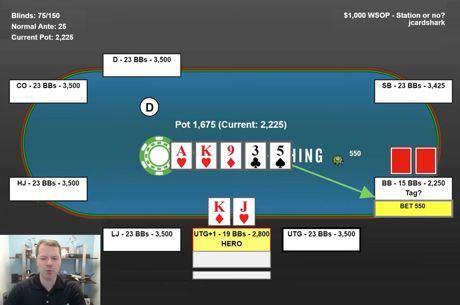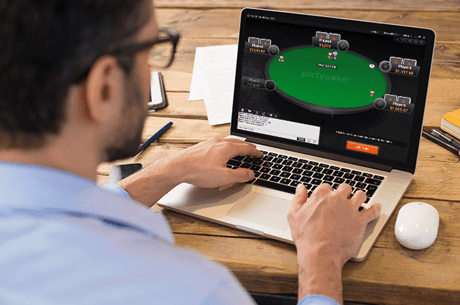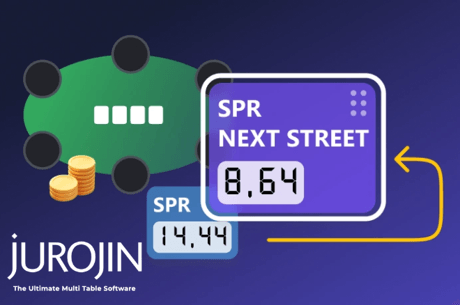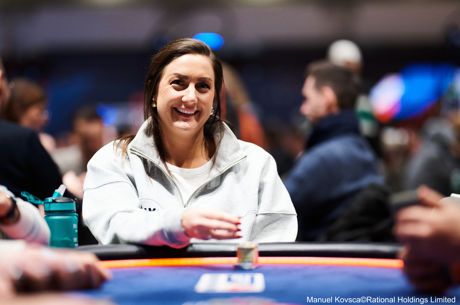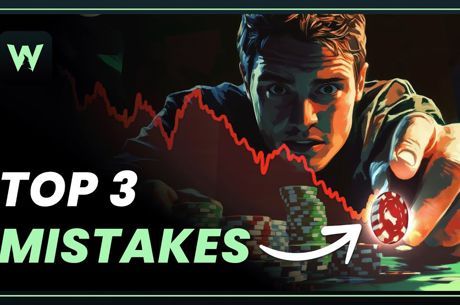Picking Up On Poker Patterns
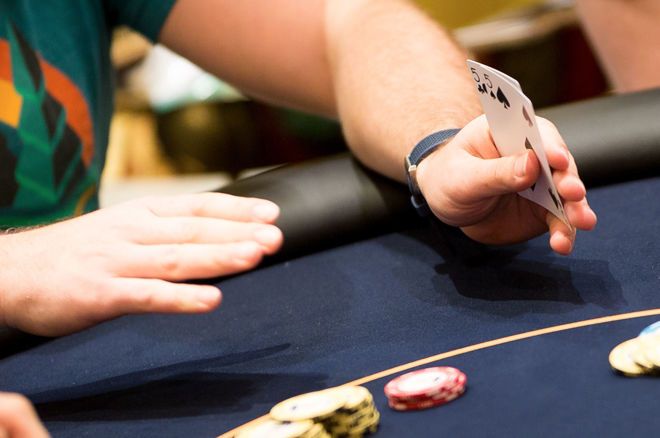
I've just concluded another summer full of live poker tournaments in Las Vegas. This is always a time of reflection on the things that went well and the things that can be improved upon.
One thing that went well for me was making use of patterns that I picked up on in my opponents' play and behavior at the table. Here are a few examples of these "poker patterns" that I looked for and relied upon.
Frequent Limpers
From hand number one, I start looking for behavioral patterns among the other players at the table, including those related to how they typically play their hands. The first thing that jumps out at me is whether or not a particular player limps. This is a sure sign of preflop passivity and usually a likely indicator of postflop passivity as well, although there are those who limp in preflop and go crazy postflop.
The cool thing is that passive players go to showdown often, so I can get a pretty clear idea of the types of hands with which they like to limp. From this observation, I can deduce which kinds of hands they like to raise. This allows me to play almost perfectly against both ranges going forward.
For example, many players like to limp with small pairs, small suited connectors, and suited wheel aces. I can attack these players with frequent bluffs because these hands do not make good bluff catchers. Instead, they usually miss completely and occasionally make strong value hands like two-pair-plus which are likely to raise my bluffs or weak-pair-plus-draw type hands that can call a few barrels, but not three unless they improve on the river.
When they make draws with no showdown value, these passive players tend just to call down and try to get there instead of rebluffing me with their draws as they should.
This limping range contains only small pairs and small suited cards which makes it a relatively tight range. Players who also limp many unsuited cards are in even worse shape facing my bluffs because these combos rarely make strong value hands.
However, a hand like J-To will often make a better bluff catcher than 5-4s or 5-5. If I am aware that a player's limping range contains more hands like this, then I switch from a bluff-heavy strategy to a value-heavy strategy on the later streets.
Regardless of the makeup of their limping ranges, you can exploit limpers' passivity almost perfectly by carefully recognizing which patterns they fall into.
Early Lookers
Another easily recognized pattern is displayed by players who look at their cards before the action gets to them. This one is extremely reliable because it happens almost every hand and because players generally have their guard down when the action is not on them, thus they are less concerned about information hiding with the bottom of their ranges.
For example, let's say there is an open from early position and I am in middle position. I will look at the players to my left and see how they react to the open before the action gets to them. They will often telegraph the fact that they plan to fold with the bottom of their ranges.
Many of them will literally hold their cards over the muck while they wait for me to act. Occasionally, they will give off tells with the middle and top of their ranges as well, but much less reliably.
Free Showdowns
In almost every small stakes tournament I played, there was usually at least one guy who showed his cards at showdown unnecessarily. Sometimes there were multiple players who did this, and I've even seen cases where a player showed almost every single time. This is a wealth of information that can be used to reverse-engineer a player's overall strategy if you can remember the action that preceded the showdown.
For example, I recently played a tournament at the Wynn in Las Vegas where a player opened for 5 BBs from early position. No one called, but the player unnecessarily showed that he had A-Qo.
A few hands later, this same player limped in from early position. An aggressive player raised and I looked down at A-Js in late position with about 25 BBs in my stack. The first player made the mistake of giving away the information that he likes to raise big with A-Q. I extrapolated that read to include A-K as well.
This information strengthened the relative value of my A-Js in this scenario, especially if the raiser was attacking the limp with a wider range designed to exploit this same information. This led me to make an easy shove with A-Js, thus taking advantage of the free showdown that was given on the previous orbit.
Genuine Verbal and Nonverbal Communication
Another pattern to look for is frequency of genuine verbal and nonverbal communication. Some players like to talk a lot at the table and are generally very happy and outgoing people. If a player like that suddenly stops talking or displaying his usually level of happiness, then you can deduce that something is also different about the way he plans to play.
Sometimes this happens when a player takes a bad beat. If you can recognize that he is tilting from it, you can expect him to play more recklessly than before. For example, a player who complains about being card dead will likely widen his ranges slightly as he gets shorter. If he shows down a hand that seems out of character, he will often say something like "that is the best hand I've seen all day." We've all seen this pattern before. If you can recognize and predict it, then you can exploit it.
I included the qualifier "genuine" because some players are savvy enough to use their words to try and confuse you. I would not put too much stock into the things that this type of player says, but very few people are good at faking nonverbal, emotional responses. A player who is emotionally distressed will have a hard time hiding it and using it as a reverse tell is virtually impossible for most players.
Conclusion
Humans are creatures of habit. And most small stakes poker players are unaware of how their patterns of actions and behavior hurt them at the table.
These are just a few of the patterns I picked up on and exploited while playing this summer. Be on the lookout for these and others the next time you play live poker. Hopefully you will identify something that will help you to gain a reliable edge.

